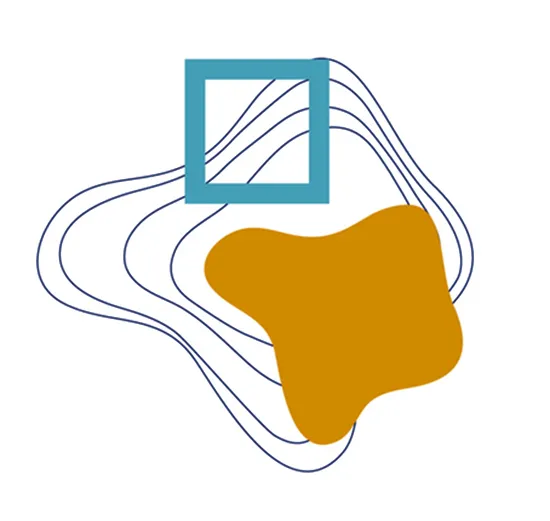Digital scholarship
About
The UC Berkeley Library offers expertise and guidance in the application of digital tools and methodological consideration of such tools in humanistic inquiry (i.e., Digital Humanities).
There are dozens of different techniques and tools you can explore for use in research and public scholarship. To see samples of what we advise on, see our guide about Digital Humanities and these examples:
Services
We provide one-on-one and small group consultations. Please email librarydataservices@berkeley.edu to get started.
Events
UC Berkeley’s D-Lab maintains a calendar of UC Berkeley events. For a wider array of Digital Humanities events, see the Digital Library Federation’s Community Calendar.
DH Faire 2025
We are delighted to provide information on the Spring 2025 Digital Humanities Faire at UC Berkeley. The continuation of more than a decade of tradition, these DH Faires are designed to celebrate the broad, interdisciplinary digital humanities projects at UC Berkeley.
This year will feature a keynote from the estimable danah boyd as well as a poster presentation session to celebrate the DH community at Berkeley and across the Bay.
We invite you to participate or just come and see! All events are open to both the community and the public.
Events
- Tuesday, April 22: Poster Session on Gather (expression of interest form)
- Wednesday, April 23: Keynote with danah boyd titled Data Are Made, Not Found (More information about the lecture and speaker from Berkeley Center for New Media )
Poster session
If you are working on or have a digital humanities project (broadly defined), consider creating a poster to share with the wider community. We welcome contributions from scholars at all levels and across disciplines, and both individual and group projects are encouraged.
Sign up for a poster presentation.
The poster session will be April 22, 1-3 p.m. on Gather. All poster submissions need to be submitted as images. For more information on what a poster is and/or specific guidelines please see our poster guidelines.
Contact Tom Van Nuenen or Bee Lehman with questions. And, in the meanwhile, we hope to see you at the DH Working Group!
Sponsors
- Bancroft Library
- Berkeley Center for New Media
- Berkeley Institute for Data Science (BIDS)
- Center for Interdisciplinary Critical Inquiry (CICI)
- D-Lab
- iSchool
- Master of Computational Social Science (MaCSS)
- UC Berkeley Library’s Data and Digital Scholarship Services (This page!)
Poster guidelines
Anatomy of a Digital Humanities poster
During poster sessions, researchers present their work through the medium of a large poster that they explain to passing attendees. Informal, interactive, and lively, poster sessions are a great opportunity for scholars of all stripes to share their research in a more personal setting.
Structure
Just like a good argument, an effective poster contains only what’s needed. It should be clear, coherent, and visually catchy (simply laid out, basic colors).
A DH poster does not need to follow a strict format like a STEM poster, which usually contains an Abstract, Hypothesis, Results, etc. However, it should have enough information for a reader to understand your research, including:
- an evocative title in large enough font
- a research question
- the data you are working with
- tools used
- challenges
- questions/next steps
- main text in a font large enough to read comfortably — we recommend serif fonts for body text and sans serif for headings
Concision and simplicity are important. A person should be able to read through your poster in 5 minutes. Aim for 800 words or fewer, if possible.
Don’t be afraid to be creative! You can use effective infographics or PowerPoint decks as a model. A simple Google search will turn up thousands of posters and poster templates — copy what you like, ignore the ones you don’t.
Examples
We have compiled a Google Drive folder of PDF examples of print posters designed for previous years. Be aware that they follow different specifications than the digital forms.
Software
For the 2025 Digital Humanities Faire, we’re going with an online format with Gather. Gather’s website offers information about its look and specifications.
For the poster development, be aware that the end result should be an image saved as a .png or .jpg file that’s at least 1000 pixels by 600 pixels and no larger than 3 MB.
So how exactly do you make a poster?
The easiest answer is the ubiquitous Microsoft PowerPoint, which many of us already know how to use. Colin Purlington suggests that people seeking more bespoke solutions can check out programs like LaTex, Quark XPress, InDesign (free to Berkeley students through the Software @ Berkeley website), Scribus, Illustrator, CorelDRAW, Freehand, and Omnigraffle, Inkscape or Poster Genius. These will give you more control, but might present a bit of a learning curve.
In-progress posters
Your poster does not have to be a completed, polished product. “In-progress” posters are completely acceptable. These might include things like challenges (theoretical, technical, methods) to be tackled before moving onto the next stage of research.
What do I do during the fair?
During the poster session, please stand alongside your poster to present your research to interested attendees.
You do not need to be near your poster for the entire duration of the fair.
Think through some questions that others might have for your project and prepare how you might respond.
Sponsors
The Poster Session is co-sponsored by Data and Digital Scholarship Services in collaboration with “A History & Theory of New Media” lecture presented with the Digital Humanities program, as the keynote lecture of the Digital Humanities Faire and the closing lecture of Berkeley Center for New Media’s 20th anniversary year. It’s co-sponsored by Jacobs Institute for Design Innovation and the School of Information.
